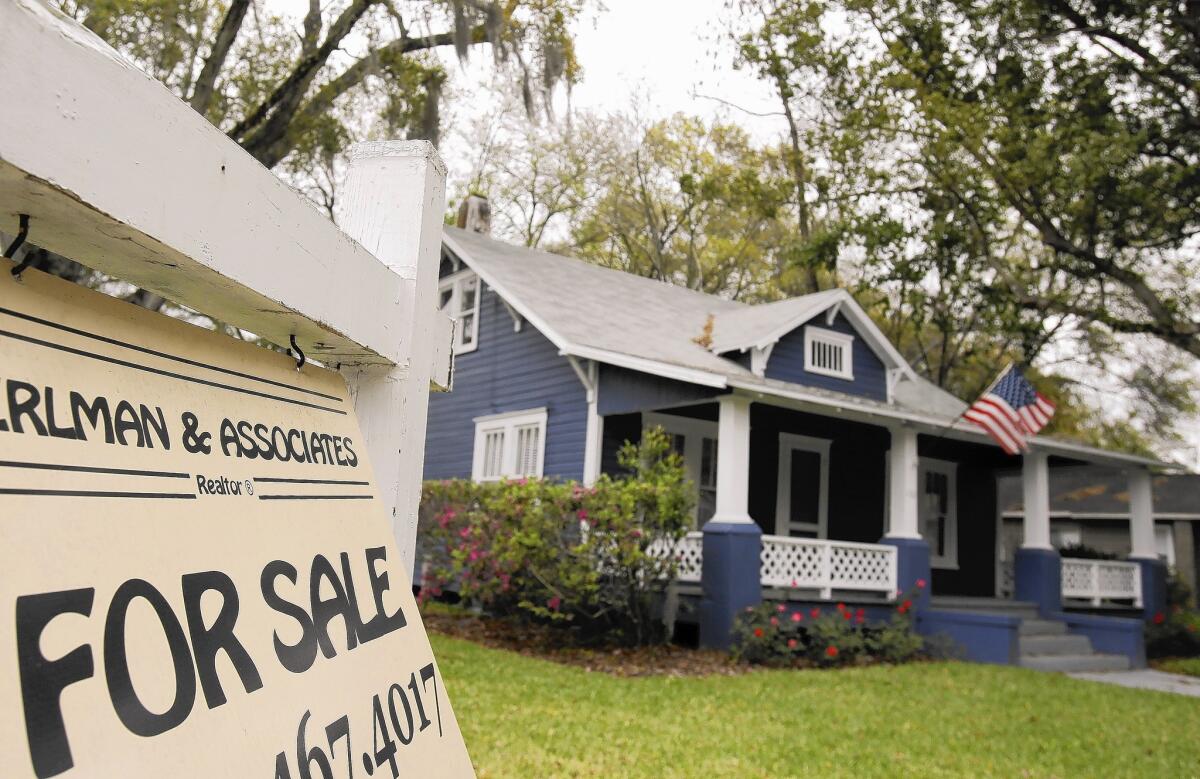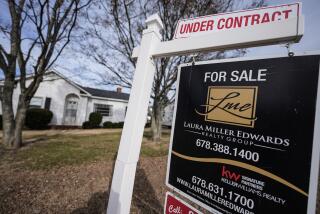Searching home listings for green features may soon get easier

Home buyers can search for properties with any number of characteristics: the number of bedrooms, for example, or the number of baths. You can even search for items such as fireplaces, garages and first-floor master suites.
But when it comes to features that make a home green — Energy Star-rated appliances, geothermal heat pumps, solar heating, low-flow toilets or other energy-related attributes — buyers in most places usually draw a blank. The only place to find them is in the descriptive portion of the listing, if they are mentioned at all.
Consequently, buyers who have an interest in these green features have to read the narrative attached to each house that meets some of their other search criteria to determine if the place also has the green items they desire.
That may be about to change. The National Assn. of Realtors has just published a comprehensive guide for helping multiple list services promote the special features of a green home — attributes that, research indicates, buyers covet.
In Chicago, the local MLS was one of the pioneers in helping sellers promote their green features and helping buyers find them. A preliminary read of recent data from that city found that the 10% of the sellers who chose to list their energy costs sold their homes faster and at higher prices than other sellers.
And the real estate association’s most recent Profile of Buyers and Sellers found that the environmental factors most important to buyers are those that directly affect their pocketbooks. Heating and cooling costs, for example, were at least “somewhat important” to 85% of buyers; 36% said fuel costs were “very important.”
At the same time, two-thirds rated both energy-efficient appliances and lighting as “very” or “somewhat” important. And nearly half said the same about landscaping for energy conservation.
“The demand for green is growing,” says the association’s president, Steve Brown, a broker in Dayton, Ohio. “NAR’s research consistently shows that today’s consumers want homes and communities that are environmentally sustainable and resource-efficient.”
Still, at last official count in 2010, only 125 of the country’s multiple listing services — just “a handful,” according to the new guide — offered specific fields for green or high-performance homes. Now, the real estate association says, 79 of the 100 most populous metropolitan areas have access to an MLS with green fields.
But adoption has been slow, according to two members of the group’s MLS committee.
“I think consumers are ahead of us,” says Lauren Hansen, chief executive of Information and Real Estate Services, the regional MLS for northern Colorado.
Hansen’s service was the first MLS in the land to add green search fields, but it had to be dragged into offering them by the state, which required every MLS within its borders to do so.
At first, Hansen says, “I rolled my eyes” at the requirement. “But as it turned out, it took us to school.” Now, would-be buyers can search not just by energy features but also by third-party certifications that confirm claimed energy savings, or confirm the existence of features like upgraded insulation.
Prior to the housing market meltdown, Jeff Lasky — another MLS committee member and director of communications and training at Midwest Real Estate Data, the MLS for the Chicago area — agreed with Hansen that agents were too busy listing and selling houses to worry too much about energy efficiency. But when the market slowed to a crawl, they started to pay closer attention.
“When things slowed down and inventory shrunk,” Lasky says, “agents were forced into thinking outside the box if they wanted to obtain a listing. There was also a concern about liability. … Like anything new, it takes some time.”
“It’s like a roller coaster that’s still going uphill,” agrees Hansen about the green listing movement.
Now, the coaster is approaching the top of the hill. And with the help of the new real estate association guide, energy features should soon become standard protocol for every MLS in the country. “Accurate marketing and assessment of green homes can only move forward with more standardized language,” Brown says.
The guide is designed to provide a blueprint for MLS staff, or their software vendors, to populate the listing service with green data-entry fields. If the MLS does not yet include these fields, the guide offers a step-by-step method for adding them. And if the MLS already offers such fields, the book will show them how to standardize their entries.
The new standardized green fields will also allow for apples-to-apples comparisons when appraising green homes and determining such market trends as time on the market and sales-to-list price ratios.
Of course, the real estate community has a stake in the information beyond helping sellers find buyers and helping buyers find properties. In that regard, the guide will help protect agents, appraisers and other users from liability for posting incorrect or unverifiable information based on claims made by overzealous sellers — a practice known as “greenwashing.”
Distributed by Universal Uclick for United Feature Syndicate.
More to Read
Sign up for Essential California
The most important California stories and recommendations in your inbox every morning.
You may occasionally receive promotional content from the Los Angeles Times.






